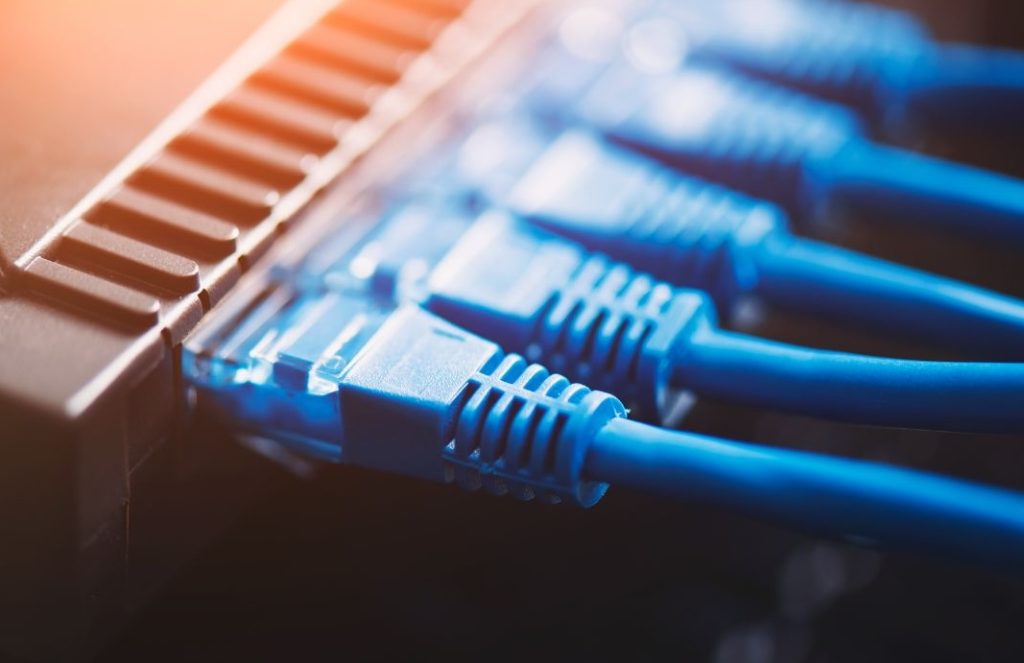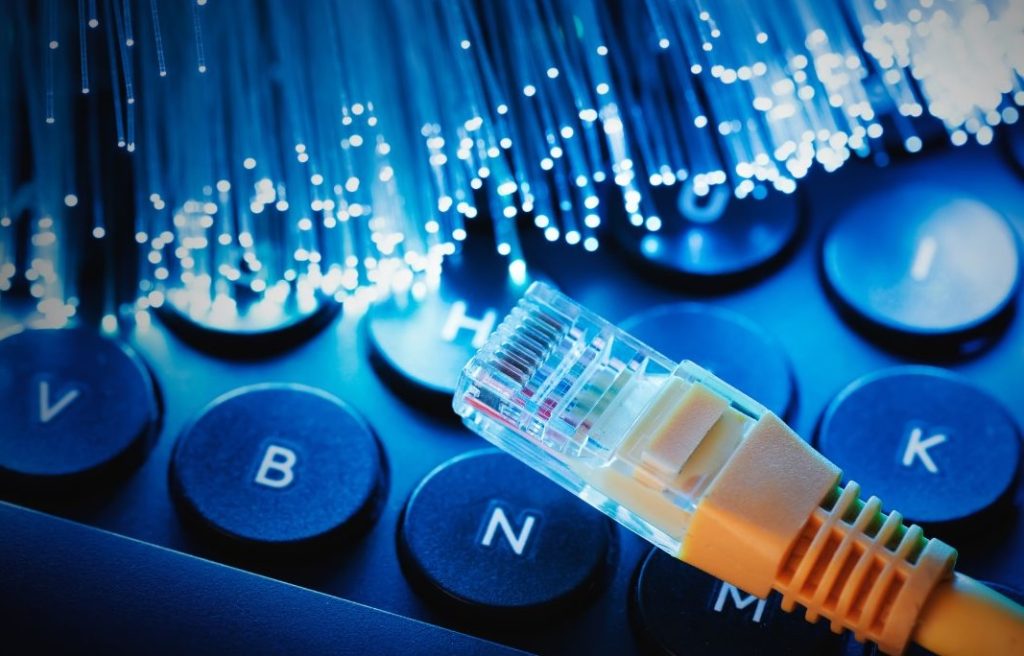In today’s interconnected world, effective communication is required, whether it’s for personal use, business operations, or large-scale industrial applications.
The backbone of this communication is the variety of cables that transmit data, voice, and video signals.
Specialist cables play an essential role in improving communication quality, along with reliable and efficient connections.
Understanding the different types of cables available and their specific applications can help in selecting the right cable for your needs, leading to better performance and improved communication.
Choosing the right cable can significantly impact the quality and reliability of your communication systems.
This article provides an overview of various specialist cables, including Ethernet, DSL, fibre optics, coaxial, and twisted pair cables.
We’ll discuss their unique characteristics, advantages, and typical applications, offering practical tips to improve electrical connections and provide optimal performance.
1. Ethernet Cable (RJ45)

An ethernet cable, commonly known as RJ45, is a staple in modern networking.
These cables are primarily used to connect devices within a local area network (LAN), such as computers, routers, and switches.
Ethernet cables are renowned for their reliability and high-speed data transmission capabilities.
There are several categories of ethernet cables, including Cat5e, Cat6, and Cat6a, each offering different performance levels.
Cat5e cables support speeds up to 1 Gbps, while Cat6 and Cat6a can handle up to 10 Gbps, making them ideal for demanding applications like streaming and gaming.
Using ethernet cables for communication provides minimal interference and consistent data transfer rates.
They are particularly effective in environments where stable, high-speed internet is necessary, such as offices and data centres.
When setting up a network, opting for higher-category Ethernet cables can future-proof your infrastructure, accommodating increasing data demands.
2. Digital Subscriber Line (DSL)
Digital Subscriber Line (DSL) technology provides internet access by transmitting digital data over traditional telephone lines.
DSL is divided into several types, including Asymmetric DSL (ADSL) and Symmetric DSL (SDSL).
ADSL is commonly used in residential settings, offering higher download speeds than upload speeds.
In contrast, SDSL provides equal bandwidth for both uploading and downloading, making it suitable for businesses that require consistent performance in both directions.
DSL offers several benefits, such as wider availability, cost-effectiveness, and sufficient speeds for everyday internet use.
It is particularly beneficial in areas where fibre optic connections are not yet available.
Typical applications of DSL include home internet connections, small business networks, and remote locations where other broadband options may be limited.
One advantage of DSL is that it uses existing telephone infrastructure, which can reduce installation costs and complexity.
However, there is a need to note that the quality and speed of a DSL connection can diminish with increased distance from the service provider’s central office.
3. Fibre Optics

Fibre optic cables represent the peak of modern communication technology, especially with cables such as OM4 fibre patchcord.
These cables use light to transmit data, resulting in extremely high-speed and reliable connections.
Fibre optics are made of thin strands of glass or plastic, which carry light signals over long distances without significant loss of quality.
There are two main types of fibre optic cables: single-mode and multi-mode.
Single-mode fibre is ideal for long-distance communication, as it supports higher bandwidth and greater distances with less signal attenuation.
Multi-mode fibre, on the other hand, is suitable for shorter distances and is often used within buildings or campus networks.
The advantages of fibre optics over traditional cables include higher bandwidth, faster speeds, and immunity to electromagnetic interference.
This makes them perfect for high-speed internet, telecommunications, and data centres.
Despite the higher installation costs, the performance benefits of fibre optics make them a worthwhile investment for future-proofing communication infrastructure.
4. Coaxial Cable
Coaxial cables have often been a reliable choice for transmitting television signals, internet data, and other forms of communication for decades.
These cables consist of a central conductor (usually a copper strand), an insulating layer, a metallic shield, and an outer insulating layer.
This design provides excellent protection against signal interference and allows for high-frequency transmission.
Coaxial cables are commonly used in cable television networks, broadband internet connections, and other telecommunications applications.
They are known for their durability and ability to maintain signal quality over long distances. However, coaxial cables can be bulkier and less flexible than other cable types, which might limit their use in certain installations.
The coaxial cable offers several benefits, including stability and ease of installation, and to consider their limitations.
They may not provide the same speed and bandwidth as fibre optics, making them less suitable for applications requiring very high data transfer rates.
When comparing fibre cables vs copper cables, it’s clear that fibre cables offer superior performance for high-speed data transmission, whereas copper cables, including coaxial cables, are more suited for less demanding applications.
5. Twisted Pair
Twisted pair cables are a type of wiring in which two conductors are twisted together to cancel out electromagnetic interference from external sources and crosstalk between adjacent pairs.
There are two main types of twisted pair cables: Unshielded Twisted Pair (UTP) and Shielded Twisted Pair (STP).
UTP cables are widely used in networking applications due to their cost-effectiveness and ease of installation.
They are common in telephone systems and Ethernet networks.
STP cables, which include an additional shielding layer, provide better protection against interference and are used in environments with higher electrical noise.
The design of twisted pair cables allows for improved communication quality and reliability, making them a popular choice for both residential and commercial applications.
Examples include local area networks (LANs), telephone wiring, and security camera systems.
When selecting twisted pair cables, you need to consider the specific requirements of your network and avoid the mess around the myths about fibre-optic cables.
Higher-category UTP cables, such as Cat6a, offer improved performance and can support higher data rates and longer distances compared to lower-category cables.
Selecting the right cable is required for the best possible communication.
Each type of cable—Ethernet, DSL, fibre optics, coaxial, and twisted pair—offers unique benefits.
Consider your specific needs to improve communication cable efficiency and reliability. For further guidance, contact us.


